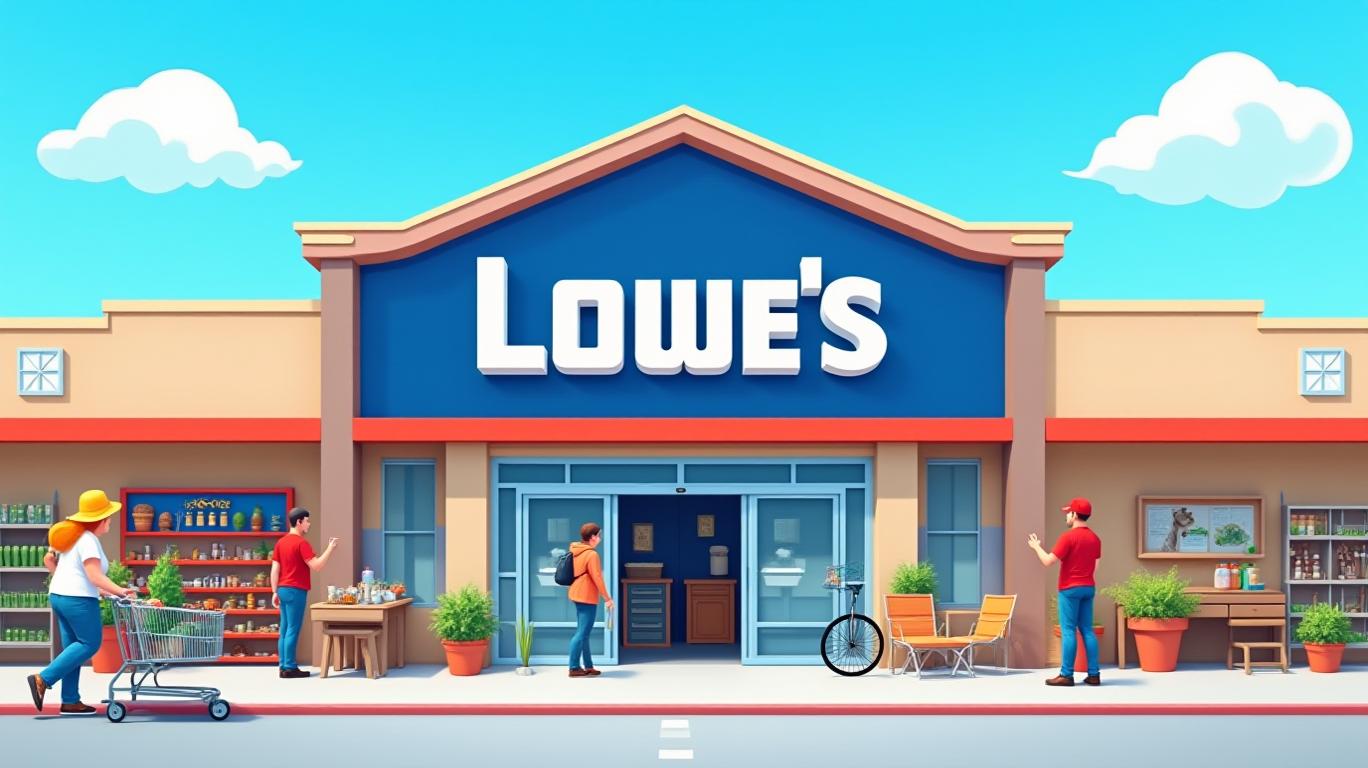UAL Q1 Earnings Call: Brand Loyalty and Capacity Adjustments Drive Outperformance in Uncertain Market
United Airlines (UAL) delivered a resilient performance in Q1 2025, showcasing how strategic focus on brand loyalty and disciplined capacity management can insulate a company from economic headwinds. Despite a challenging domestic demand environment, UAL’s results underscored its ability to navigate turbulence through premium pricing power, customer retention, and operational flexibility. Let’s dissect the key takeaways and their implications for investors.
Revenue Resilience Amid Mixed Demand
UAL’s Q1 revenue rose 5.4% year-over-year to $13.2 billion, driven by strength in premium segments and loyalty programs. While domestic main cabin RASM fell 5% due to weak off-peak demand, international premium offerings shone: Polaris RASM jumped 8%, and International Premium Plus RASM grew over 5%. This highlights UAL’s success in shifting its revenue mix toward high-margin travelers.
The loyalty revenue line, now a $1.5 billion business, rose 9%—a critical buffer as co-brand spending remains robust. This growth reflects the power of UAL’s partnerships with banks and its ability to monetize repeat customers.
Looking ahead, UAL’s Q2 outlook is cautiously optimistic. Though bookings remain 1 point ahead of 2024 levels, the company is prioritizing traffic retention over yield. This strategy could pay off if demand stabilizes, as UAL’s base-case EPS guidance of $11.50–$13.50 assumes cost discipline and lower fuel costs.
Capacity Cuts: A Precision Tool for Profitability
UAL’s capacity adjustments are a masterclass in operational pragmatism. Domestic capacity is being reduced by 2% through lower aircraft utilization, with summer schedules already trimmed by 3 points and further cuts planned. The focus is on axing unprofitable “off-peak” flights (pre-7 AM or post-8 PM), where revenue gaps have widened to 40% versus historical norms.
By Q3, domestic capacity is expected to be 4% below original plans—a move that preserves margins without sacrificing core traffic. Meanwhile, international routes remain a growth engine, with U.S.-origin demand offsetting weakness in Europe and Canada.
Crucially, UAL is accelerating the retirement of 21 aircraft to eliminate routes with thin margins, particularly government-heavy and trans-border flights. This aligns with its “golden hour” strategy (prioritizing 7 AM–8 PM departures), where it holds a commanding 30% share of domestic departures.

Brand Loyalty: The Secret to Spill-Proof Demand
UAL’s leadership in brand-loyal customers is its greatest competitive moat. The airline now leads in loyalty metrics across six of seven hubs, with a staggering 22-point advantage in Chicago and 10 points in Denver. In the Bay Area, UAL gained 2.1 points of market share in late 2024, reflecting its deepening ties to high-value travelers.
Investments in customer experience—such as Starlink Wi-Fi on regional jets, premium club expansions, and a top-ranked on-time performance—have paid dividends. UAL’s Q1 NPS score hit an all-time high, while seat cancellations fell to a historic low. These metrics matter because brand-loyal customers are “sticky,” showing no reduction in spending even as business travel growth moderated (Q1 +7% vs. Q4 +15%).
Perhaps most telling: contracted business sales remain up low single digits year-over-year, despite initial expectations of double-digit growth. This resilience suggests UAL’s premium offerings are insulating it from broader economic uncertainty.
Structural Advantages and Financial Health
UAL’s balance sheet remains a pillar of strength. It ended Q1 with $18.3 billion in liquidity and reduced net leverage to 2.0x, nearing its <2x target. Share buybacks (5.6 million shares repurchased at an average of $80) signal confidence in UAL’s valuation.
Cost discipline is also paying off: Q1 CASM-ex rose just 0.3%, with further relief expected as fuel costs decline. Management’s focus on “spill-proof” networks—where UAL retains traffic even as rivals cut capacity—echoes Southwest’s historical dominance but tailored to today’s hub-centric model.
In a recession scenario, UAL’s base-case EPS could drop to $7–$9—but this would still mark its first profitable downturn, a testament to its structural advantages.
Conclusion: A Strong Hand in a Weaker Deck
UAL’s Q1 results paint a compelling picture of an airline that’s not just surviving but thriving in an uneven recovery. Its premium-focused strategy, loyalty-driven customer base, and capacity discipline form a trifecta of resilience. Key data points reinforce this thesis:
- Market Share: Leads in 6 of 7 hubs, with Chicago loyalty share 22 points higher than peers.
- Margin Protection: International premium RASM growth (+8% for Polaris) offsetting domestic softness.
- Financial Flexibility: $18.3B liquidity, CASM-ex up just 0.3%, and recession EPS still positive.
GICS Sector |
|---|
| Industrials |
| Industrials |
| Industrials |
| Industrials |
Name |
|---|
| United Airlines HoldingsUAL |
| Delta Air LinesDAL |
| Jetblue AirwaysJBLU |
| American AirlinesAAL |
For investors, UAL’s outperformance is no accident. Its focus on high-margin segments, operational excellence, and loyalty-driven demand creates a moat that few rivals can match. Even in a slowdown, this airline is positioned to spill less and gain market share—making it a compelling play on both near-term resilience and long-term industry consolidation.
In a sector where uncertainty looms, UAL’s Q1 results confirm it’s flying first class.



_219eac971750077834984.jpeg)






